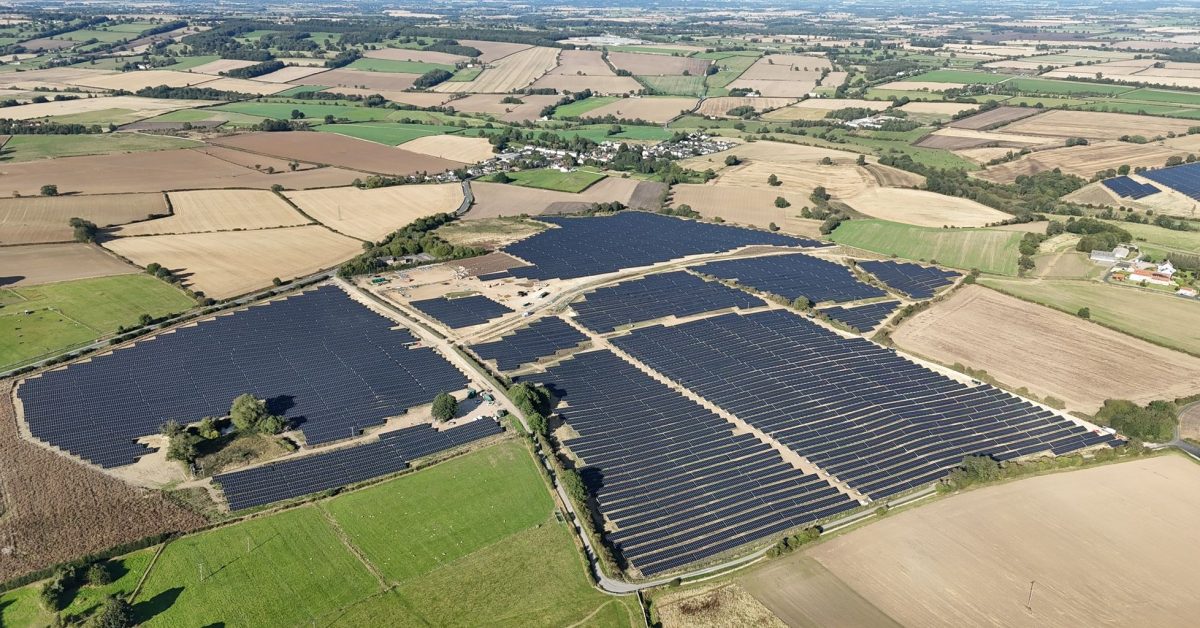A dangerous animal is spreading yet another type of black tar in nature. This time to feed its infinte hunger for energy.
This time to feed its infinte hunger for energy.
UK electricity demand is down 20% since 2012, and continuing on a downward trend.
Changes away from more polluting energy sources to meet this reduced demand is a good thing.
We don’t share a common premise for a discussion. To you the industrial society is a constant and you think replacing nature with industrial energy production is a good trade. To me nature is a constant and I think replacing industrial society with more nature is a good trade.
Global electricity demand is expected to rise at a faster rate over the next three years, growing by an average of 3.4% annually through 2026.
https://www.iea.org/reports/electricity-2024/executive-summary
This is replacing agricultural fields. Solar panels allow for a drastic increase in biodiversity over crop monocultures. It’s an improvement on the metrics you care about as well as in energy production.
Also, don’t assume my position on industrialised society.
I apologise. I know it was not fair to do that. What made me respond that way, I think, was that your statement was extremely simplified and even agreeable if you leave out the context of solarfarms taking up large areas of land.
Changes away from more polluting energy sources to meet this reduced demand is a good thing.
When you look at the picture what we see is 166 acres of land covered in black solar panels. Even though many solarfarms have grass below the panels the ground on this picture is completely barren and plain with a hard surface of what looks like compressed grus. Nothing is going to grow there.
These huge solarfarms or solarfactories is what I’m opposing. I think solar energy fits nicely into decentralized domestic and mobile power generation, but I think it’s even worse than biofuel in taking up large areas of land. Biofuel is not using rare earth metals and contrary to solarpanels take up CO₂ when produced. To be clear I’m not advocating a farm of either one.
If you absolutely want centralized large scale energy production I would prefer if it was done with windmills. They only take up a small ground surface area proportional to the energy produced and combined with their height allow for much more biodiversity. I’m a big fan of domestic and urban solarpanels, I think every building should have them.
I’m sorry once again. Have a nice day.
That’s a myth though. No numbers I know of suggest earths population and our demand of food is declining. What will happen is that the agricultural land replaced with a solarfarm is going to be set up somewhere else at the cost of nature.
deleted by creator



